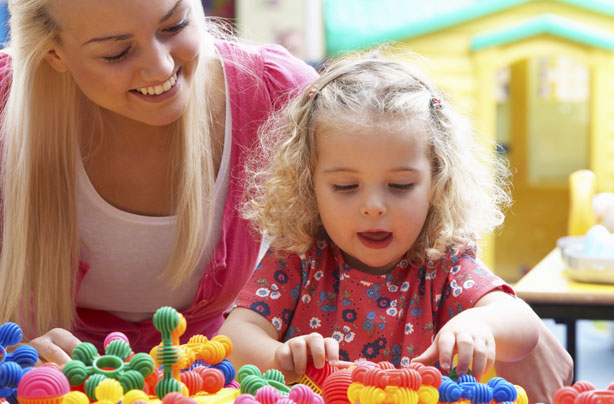Second hand plastic toys may not be safe for children because of 'high concentrations of toxic chemicals'
They include cars, trains and puzzles

Experts are warning parents against letting children play with second hand plastic toys, as they could contain 'high concentrations of toxic chemicals'.
The warning comes after researchers at The University of Plymouth analysed 200 used toys, including cars, trains, construction products, figures and puzzles. They toys analysed for the study came from homes, nurseries and charity shops, and showed 'high concentrations of toxic chemicals', which are chronically toxic to children over an extended period of time, even if in low levels.
Researchers explained that older toys may not abide by the Toy Safety Directive, a legislation that regulates toy production and started being enforced in 2009.
The legislation led toy producers to eliminate hazardous elements from new toys but there's no regulation for used toys - which is why they might not be safe for children to play with.

Dr Andrew Turner, leader of the research, said: 'Second hand toys are an attractive option to families because they can be inherited directly from friends or relatives or obtained cheaply and readily from charity stores, flea markets and the internet. But while the Toy Safety Directive applies to new products there is no regulation covering the recycling or re-sale of older toys.
'With the introduction and refinement of the Toy Safety Directive, the plastics industry has had to take steps to eliminate hazardous elements from new toys.
'However, consumers should be made more aware of the potential risks associated with small, mouthable and brightly coloured old plastic toys or components. Without that, the attractive cost, convenience and recyclability of previously used toys has the potential to create a legacy of chemical contamination for younger children.'
GoodtoKnow Newsletter
Parenting advice, hot topics, best buys and family finance tips delivered straight to your inbox.
Speaking to HuffPost UK, Dr Turner said toys made in the last decade are 'reasonably safe', and told parents that avoiding using old toys is the best way approach to be on the safe side.
'It's the older ones that seem to be passed down through generations, but it is difficult to give a time scale.
'Parents should check the condition of the toy and avoid children pulling them in their mouth - which I know is hard to ensure. They should also avoid brightly-coloured red and yellow objects from the past.
'If you want to be on the safe side, avoid using them. I guess the real danger is when they swallow them.'
Trusted, informative, and empathetic – GoodToKnow is the ultimate online destination for parents. At GoodtoKnow, our mission is 'simple': we're trying to make sense of parenthood. On the site, you'll find everything you need for a happy, healthy family life. Our huge archive of content includes more than 18,000 articles and 1,500 how-to videos. These include expert-backed advice features on parenting, dealing with relationship changes after having a baby, self-care for mums and managing your family finances. We also feature tried-and-tested product reviews and buying recommendations for every stage of family life - from prams and Moses baskets to birthday gifts and top toys.